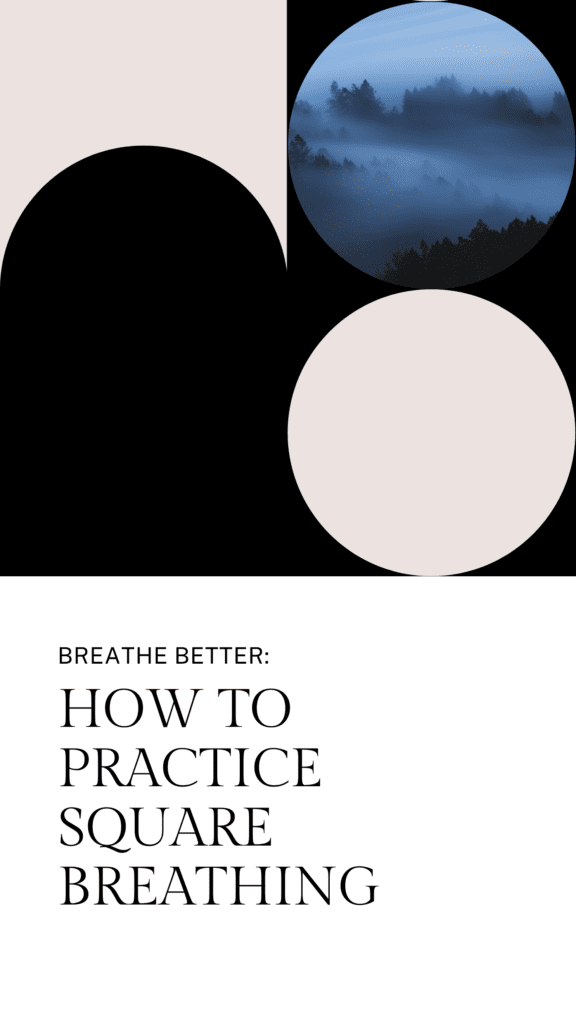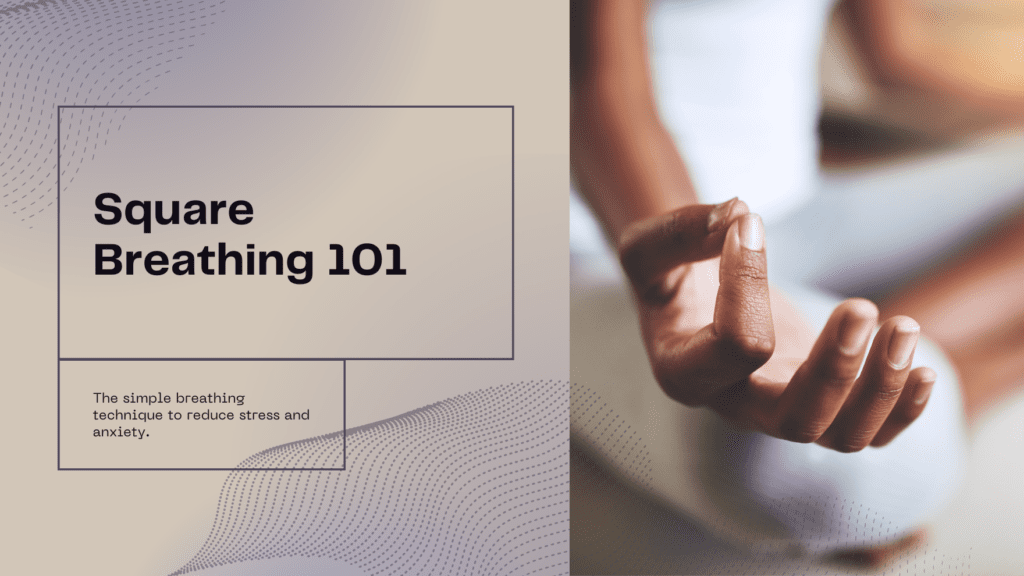
Breathing exercises have long been a cornerstone of spiritual practices around the world, with different cultures developing their own techniques to harness the power of the breath. One such technique, known as “square breathing” or “box breathing,” has gained considerable attention for its simplicity and effectiveness. Let’s delve into the history of square breathing, explore the various traditions that utilize similar methodologies, and offer an understanding of this practice.
Square breathing, often referred to as “box breathing” or “four-part breathing,” is a straightforward technique that involves four distinct phases: inhale, hold, exhale, and hold. Each phase is maintained for an equal duration, creating a ‘square’ pattern of breath. The method is prized for its ability to calm the nervous system, reduce stress, and improve concentration.
Historical Roots
While the exact origins of square breathing are hard to pinpoint, the practice bears similarities to breathing techniques found in various ancient traditions:
Yogic Traditions: Pranayama, the ancient yogic practice of breath control, includes techniques like “Sama Vritti Pranayama” or equal breathing, where inhalations and exhalations are kept even. Though not identical to square breathing, the emphasis on balance and rhythm aligns with the principles of box breathing.
Buddhist Practices: Mindfulness and meditation are integral to Buddhist teachings, with breath-focused meditations being a staple. While not a direct match, the emphasis on conscious, rhythmic breathing parallels square breathing.
Ancient Chinese Medicine: Qi Gong, a holistic system of coordinated body movements, breath control, and meditation, employs breathing techniques that emphasize harmony and balance, akin to the principles of square breathing.
Traditions Employing Similar Methodologies
Several global traditions use breathing techniques reminiscent of square breathing:
Taoist Breathing: Rooted in Taoism, this method emphasizes deep, rhythmic breathing and often incorporates holds, mirroring aspects of square breathing.
Buteyko Method: Developed in Russia, this technique focuses on nasal breathing and breath-holding to treat various health conditions.
Holotropic Breathwork: Created by psychiatrist Stanislav Grof, this intense practice involves rhythmic breathing to achieve altered states of consciousness. While more intense than square breathing, it underscores the power of breath manipulation.
The Science Behind Square Breathing
Recent studies have affirmed the benefits of square breathing:
Neurological Benefits: Square breathing activates the parasympathetic nervous system, reducing the “fight or flight” response and promoting relaxation.
Mental Health Benefits: Regular practice can decrease symptoms of anxiety and depression by regulating the stress hormone cortisol.
Enhanced Concentration: By fostering mindfulness, square breathing can improve focus and attention.

How to Practice Square Breathing
Find a Quiet Spot: Choose a peaceful location without distractions.
Sit Comfortably: Ensure your back is straight and your hands rest on your lap.
Close Your Eyes: This helps in focusing on the breath.

Inhale for a Count of Four: Breathe in deeply through your nose.
Hold for a Count of Four: Retain the breath without any strain.
Exhale for a Count of Four: Release the breath slowly through the mouth or nose.
Hold for a Count of Four: Retain the breath without any strain.
Repeat: Continue the cycle for a few minutes, gradually increasing duration and slowing pace.
With its roots in ancient traditions and relevance in modern wellness practices, square breathing offers a simple yet powerful tool to enhance mental and physical well-being. Whether you’re seeking a momentary reprieve from stress or a deeper connection to your inner self, this timeless technique provides a pathway to tranquillity and balance.
